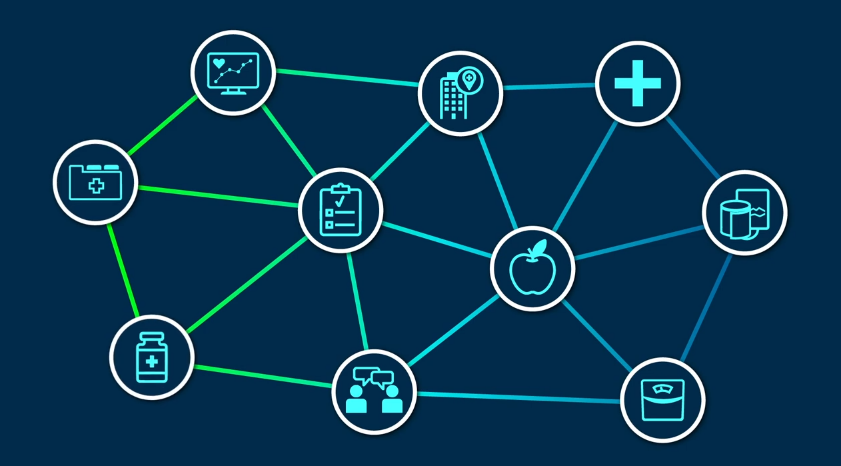There are plenty of familial, cultural and religious taboos that make discussing menopause uncomfortable – even when the conversation just includes women. That’s why 58% of women over 40 who are in perimenopause say they were “not at all prepared” for what to expect during this stage of their lives.3 Consider that for a moment. Perimenopause can last up to 8 years, and women may live in post-menopause for decades, and yet the majority of women don’t feel prepared for it at all.
When it comes to menopause, turning to a health care provider may or may not be helpful. Specific education on menopause is largely absent from medical school training. That’s consistent with my own experience in medical school. I didn’t receive specific instruction on menopause beyond the basics of hormone replacement therapy. Lack of education explains why menopause is often misdiagnosed. There are around 30 symptoms associated with menopause; they’re not limited to hot flashes and night sweats. Many symptoms are also associated with conditions like depression – loss of appetite, mood changes and trouble sleeping to name a few.
Menopause is a popular request when we ask members what topics they’re interested in, and one report showed that 64% of working women are interested in menopause-specific benefits.4 Employers are less sure. Only 24% of employers offer menopause support as part of their benefit strategies.5
However, menopause does have an impact on the workplace. About 40% of women in one survey reported that their menopause symptoms interfered with their performance and productivity at work.6 In fact, research estimates that missed work and lower productivity related to menopause cost U.S. businesses $1.8 billion annually.6 Many women also consider leaving work during this time – costing employers mature, talented employees with valuable institutional knowledge.4
Every day, we empower people to improve their health in body, mind and spirit. We recognize that addressing symptoms of perimenopause and menopause can be an important part of that work. That’s why ActiveHealth is committed to providing holistic support for our members through all stages of their lives. We’ve done training with our clinical team to help them identify and address menopause-related symptoms when working with members, are pursuing documentation and outcomes reporting and recently added a six-week group coaching series on menopause.
Almost half the population will go through menopause at some point in their lives – whether it’s natural or medically induced. Women spend almost twice as many years post-menopause as they do in their active reproductive years. Yet within employee health benefits, the focus is almost exclusively on maternity. You have the power to ensure that your employees aren’t in the majority of people who don’t know what to expect during perimenopause and menopause. You can start by assessing your health strategy to ensure that your programs include supportive, evidence-based programs that address the full spectrum of women’s health.
1 FOR LIFE EXPECTANCY SOURCE: Centers for Disease Control and Prevention. Life Expectancy in the U.S. Dropped for the Second Year in a Row in 2021. Accessed March 19, 2024.
2 FOR AVERAGE AGE AT MENOPAUSE SOURCE: The North American Menopause Society. Menopause 101: A primer for the perimenopausal. Accessed March 19, 2024.
3 FOR MENOPAUSE PREPAREDNESS SOURCE: Tariq B, Phillips S, Biswakarma R, Talaulikar V, Harper JC. Women’s knowledge and attitudes to the menopause: a comparison of women over 40 who were in the perimenopause, post menopause and those not in the peri or post menopause. Accessed March 19, 2024.
4 FOR EMPLOYEE MENOPAUSE SUPPORT SOURCE: Bank of America. Break through the stigma: Menopause in the workplace. Accessed March 19, 2024.
5 FOR EMPLOYER PROGRAM SOURCE: Bratton L. Companies that want better recruitment should consider menopause benefits, report says. Qz.com. February 14, 2024. Accessed March 19, 2024.
6 FOR MENOPAUSE-RELATED COST SOURCE: Peck E. How menopause costs the U.S. in lost productivity. Axios.com. May 3, 2023. Accessed March 19, 2024.











